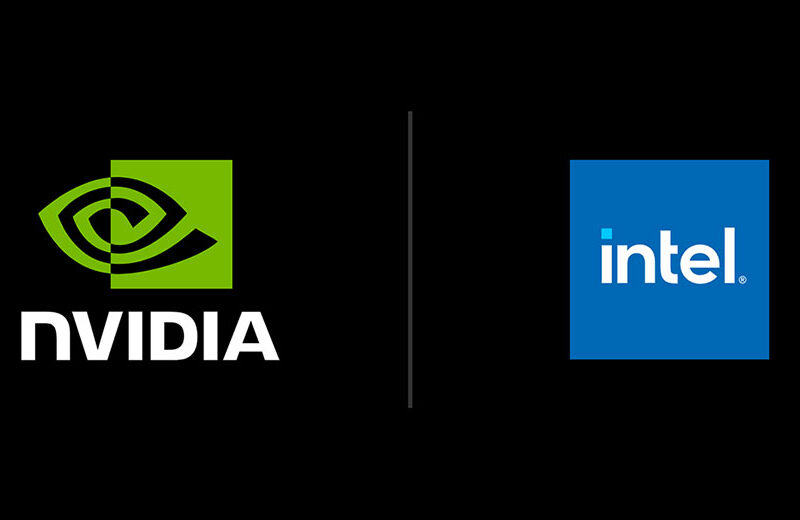The Blockchain Solution for Secure Contactless Payments

The year 2020 forever changed the way we work and perform routine tasks. With the emergence of the deadly coronavirus and the resultant adoption of social distancing, even as the virus approaches its second anniversary, the concept of digital, contactless payments remains prevalent.
Prior to the pandemic, the digital payment sector had experienced significant growth, driven by the rise of mobile payment applications, including PayPal and Apple Pay.
Contactless payment instruments, such as digital wallets and payment cards, offer secure and fast transactions with minimal physical interaction, requiring only a tap of a mobile app or a payment card.
Still, these payments can become more secure, efficient, and faster with the use of blockchain technology.
With Convenience Comes Risk
As contactless payment technology is steadily being integrated into devices, its demand has also increased. However, digital payments have their own drawbacks, which can lead to online fraud and security vulnerabilities.
Data privacy and mobile security risks accompany the convenience of contactless payments. Since the user does not need a PIN, a stolen device or a lost credit card can allow a criminal to easily access the account. A phone without security features in place can make it very convenient for anyone to make purchases without being detected.
Additionally, contactless payment cards utilize radio frequency identification (RFID) to transmit data, and hackers have developed card skimmers and fake scanners to steal this information. Once they have the information on the card, criminals can create exact copies of the cards to use for fraudulent purposes. However, mobile wallets utilize near-field communication (NFC) to transmit data within close proximity and are considered relatively safe.
Enter Blockchain Technology
Blockchain technology is based on a distributed ledger that stores and updates transactions in real time. Each transaction recorded on a block has a timestamp, which makes it impossible to tamper with the data. Hence, blockchain promotes security and trust in transactions for both seller and buyer. When payment is made through a blockchain-based system, transactions are fast, secure, and contactless, and both parties also trust each other. Moreover, as the data is encrypted, it is not possible for anyone to modify it.
How It Works
With the help of blockchain technology, transactions are recorded in multiple separate blocks. Therefore, if one block is attacked, the other blocks would still have the information safe and secure.
When trying to hack a system based on blockchain, criminals would need to have incredible computing power to overcome and compromise the multitude of blocks simultaneously. This means that it is nearly impossible to hack a blockchain-based system.
To better understand this, consider that you have a cash note that has an encrypted data ledger. It contains the details of all transactions throughout its entire lifetime. When you receive the note, you can view its entire transaction history and decide whether the person giving you the note is trustworthy enough to conduct a transaction with.
This is what blockchain delivers — an additional layer of security and trust to ensure that all parties remain satisfied and secure after a transaction.
Many companies have already incorporated blockchain to boost their contactless payments. SETL, a London-based fintech company, has partnered with Deloitte to develop a blockchain-based contactless payment card for secure and faster retail transactions.
According to Deloitte, in addition to enhancing security, the use of blockchain in contactless payment also makes the payment process and settlements more efficient. The two technologies combined can save up to US$80 billion in accompanying costs.
Fraud Prevention
Furthermore, with contactless payments powered by blockchain, merchants are better equipped to identify fraudulent customers and, correspondingly, take the necessary precautions. They can also verify genuine customers, determine whether a transaction is unusual, or if a customer has been involved in prior fraud.
Contactless payments powered by blockchain do not give any party an upper hand because all user data can be verified without invading their privacy.
Similarly, when customers pay through a blockchain-based contactless payment system, they can view the merchant’s transaction history and determine if it has been fair or fraudulent in the past. The system keeps a record of past fraudulent instances by a merchant and shares it with customers to warn them. The merchant cannot change the data because it is stored in an encrypted ledger.
Conclusion
Blockchain technology has emerged as an innovative solution for fast, transparent, and secure financial transactions.
As companies continue to adopt this technology, governments can consider developing advanced solutions that replace traditional systems, ensuring security, faster payments, and a significantly reduced number of fraudulent transactions.
The Chinese government, for instance, has already developed projects based on blockchain that will enable sellers, buyers, and intermediaries to conduct contactless digital transactions.
Blockchain technology can also be leveraged to support an array of public and government sector applications, including digital payments, identity management, land registration, healthcare, electoral voting, and supply chain traceability.



